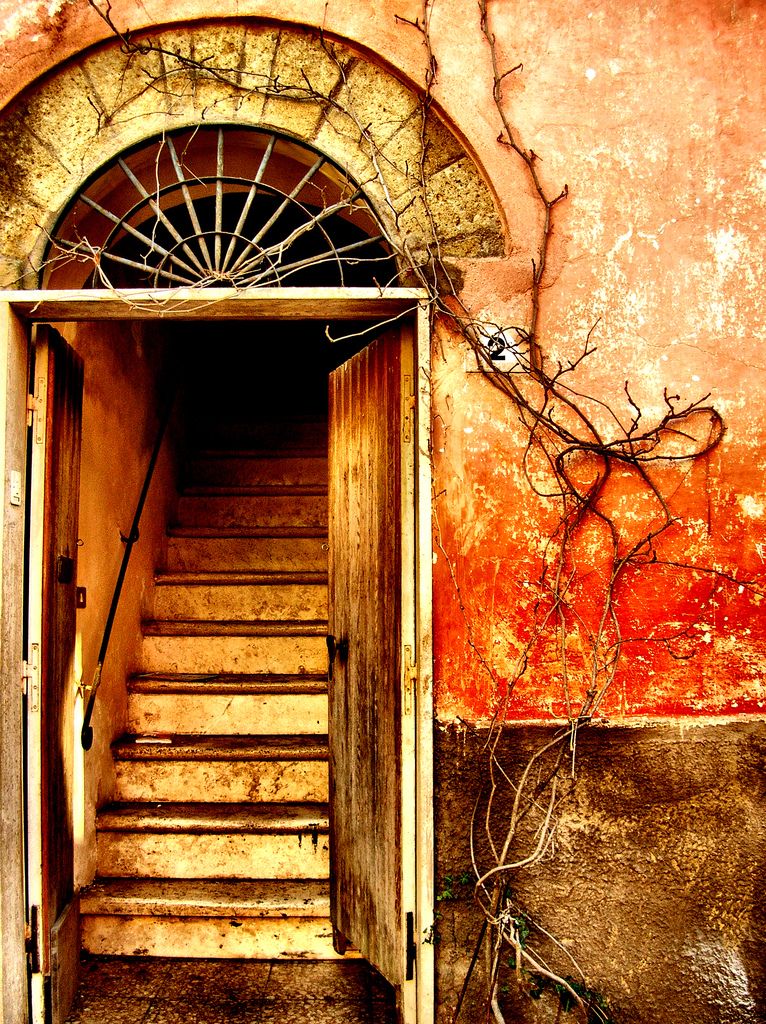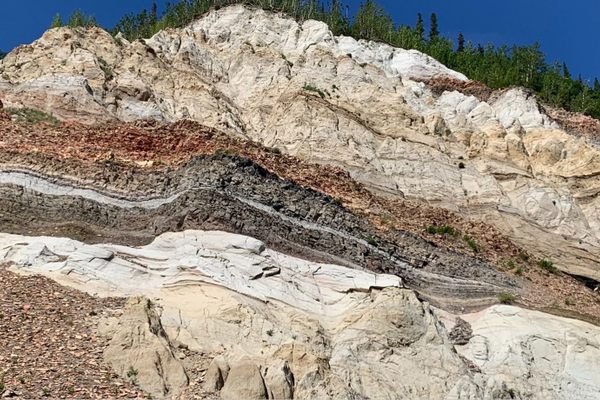About
A visit to the town of Calcata, Italy, located about an hour outside of Rome, reveals a strange mix of medieval ghost town and hippie commune. In addition to its picturesque setting and eccentric population, Calcata's claim to fame is its association with one of the most unusual religious relics imaginable.
In the 1930s growing concerns about the structural integrity of Calcata's surrounding cliffs and the possibility of earthquakes prompted the Italian government to condemn the village and relocate residents to Calcata Nouvo half a mile away. By the 1960s an entirely new set of residents had begun to trickle in, this time of a strictly artistic bent. Today, the tiny, ramshackle, medieval town is thick with galleries, workshops, and studios. Some of these are in the ground floor of houses which look haphazardly stacked on top of each other, while others are in caves cut into the side of the mountain on which the town perches.
The town's re-population by its current bohemian inhabitants is only one aspect of Calcata's unusual story. For centuries, the church in the town's main square was a site of pilgrimage due to the bizarre relic it possessed – the papal-approved foreskin of the infant Christ. In 1527 the relic made its way from Rome's Sancta Sanctorum, where it had long resided, to Calcata by way of a German soldier who stole the relic, among other treasures, during the sack of Rome. The soldier was captured in Calcata, but the foreskin wasn't recovered until thirty years later when it was discovered stashed away in the soldier's jail cell.
The foreskin became a popular Calcata pilgrimage attraction, particularly during the annual procession held in its honor. Beginning around 1900, however, the Vatican became increasingly cagey about the subject, going so far as to threaten excommunication to anyone who spoke or wrote about it. Still, the annual celebration continued until 1983 when it was announced that the relic had "disappeared."
Theories abound as to the fate of the foreskin. One popular theory, promoted in part by journalist David Farley, is that the Vatican itself, uncomfortable with the relic's fame, is responsible for for its disappearance. Others speculate it was stolen by thieves or even the local parish priest and sold on the black market. Whatever became of it, its connection with Calcata certainly adds yet another layer to the town's already colorful history.
Related Tags
Community Contributors
Added By
Published
April 24, 2013


































